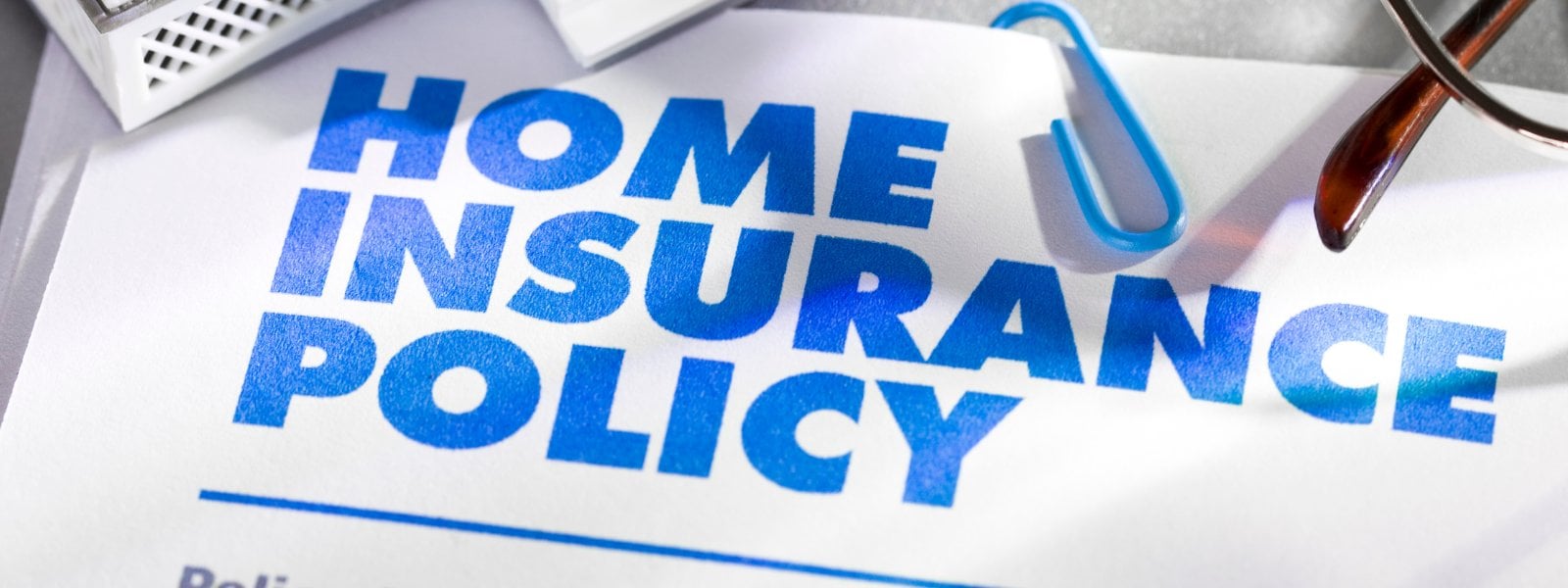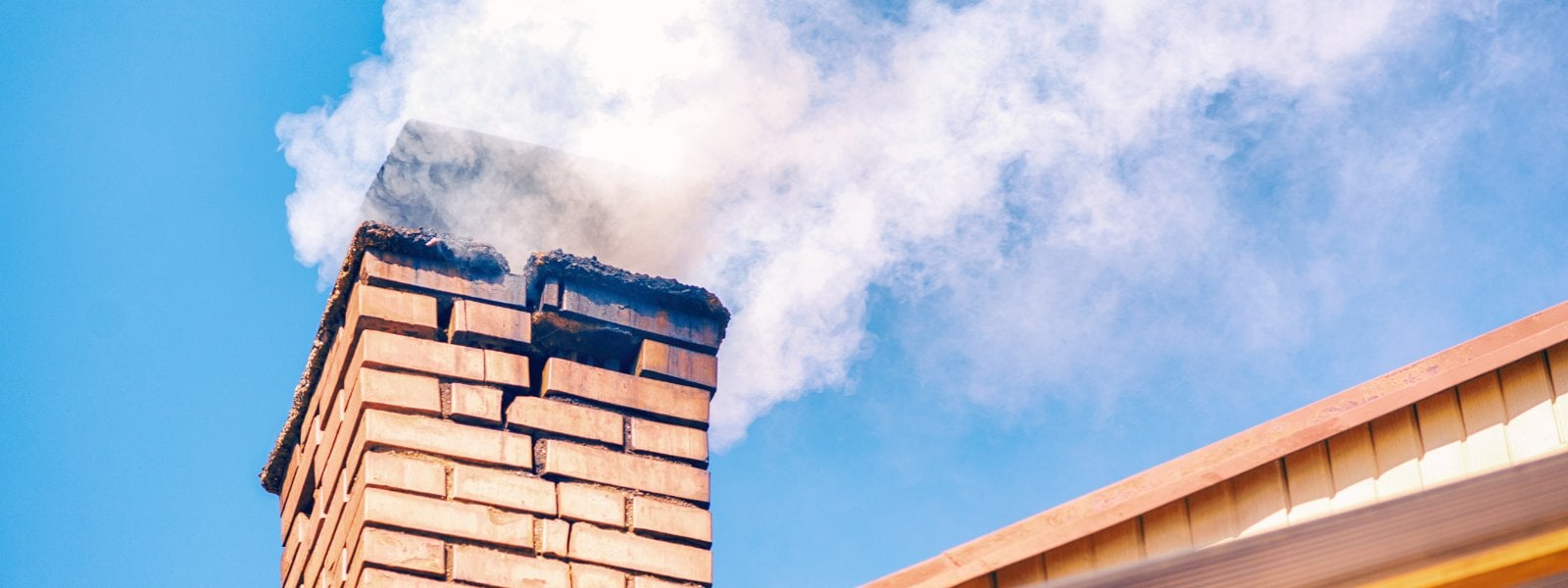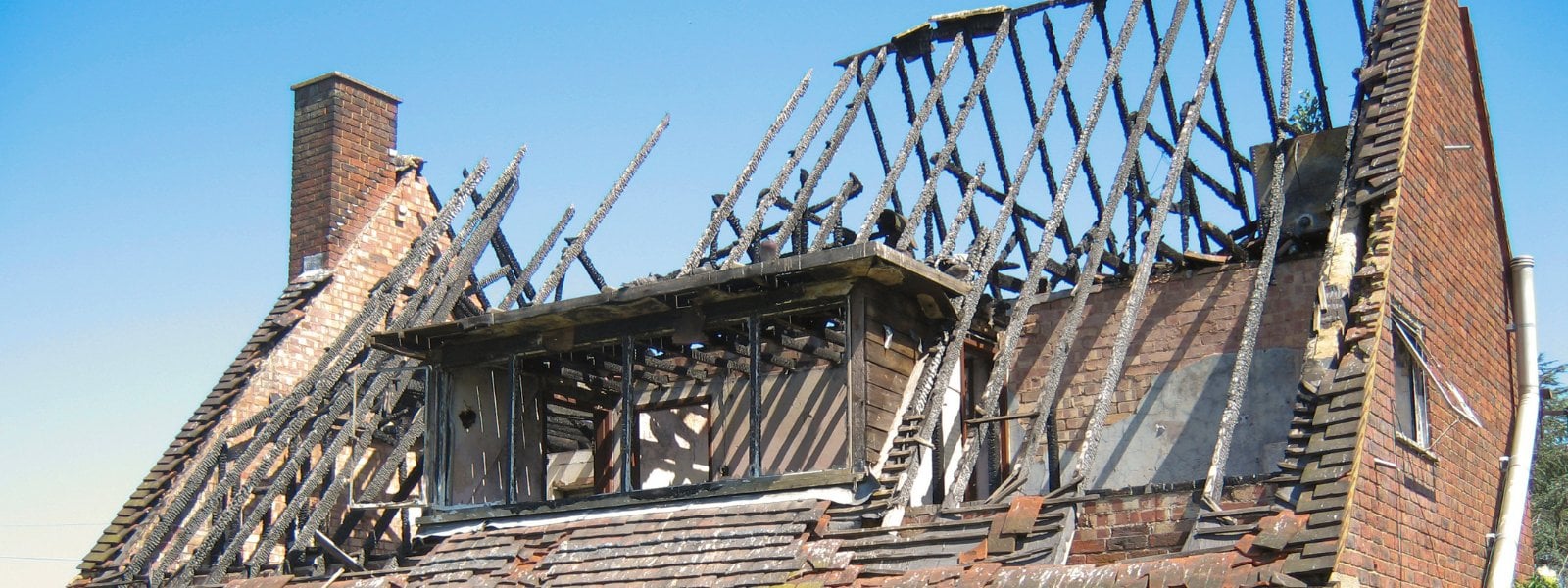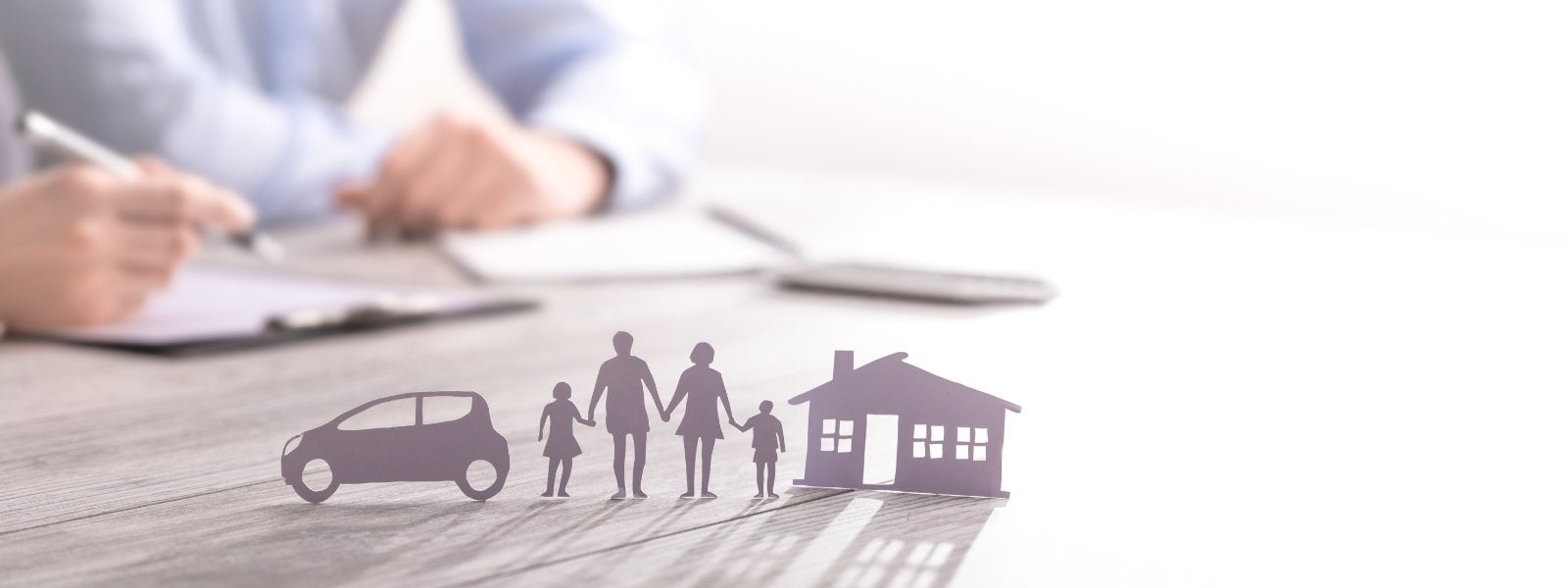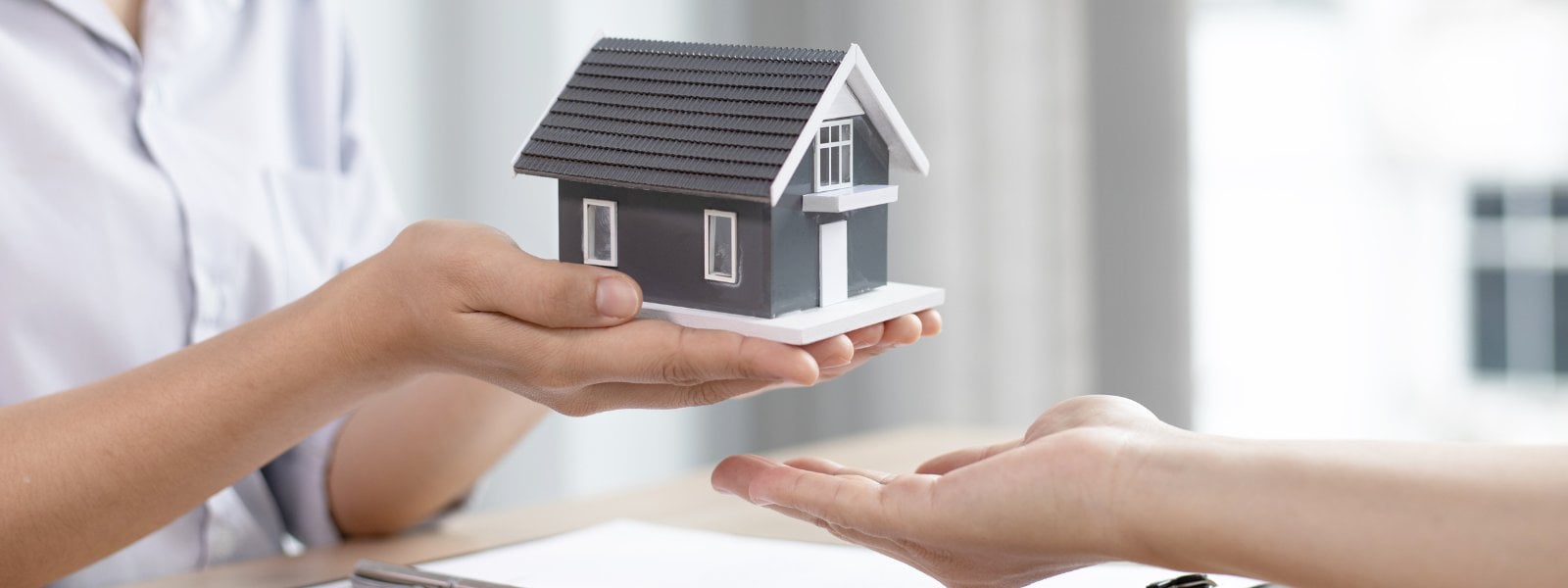Outline
-
- Introduction
- Understanding home insurance coverage
- Types of chimney damage covered by home insurance
- Common causes of chimney damage
- Steps to take when you notice chimney damage
- How to file a chimney damage claim with your insurance company
- Factors that may affect your chimney damage claim
- Tips for preventing chimney damage and maintaining your chimney
- Additional coverage options for chimney damage
- Conclusion
Introduction
If you have a home with a chimney, you may be wondering whether your home insurance covers chimney damage. Chimney damage can occur due to various reasons, such as storms, earthquakes, or simply wear and tear over time. Knowing what your insurance policy covers can provide you with peace of mind and help you make informed decisions.
When it comes to chimney damage, it’s important to review the specifics of your home insurance policy. While some policies may cover chimney damage as part of the dwelling coverage, others may require an additional rider or separate coverage. Understanding the details of your policy can help you determine if you have adequate protection.
In this article, we will explore the factors that may affect whether your home insurance covers chimney damage. We will also provide insights on common policy provisions and exclusions, helping you navigate the complexities of insurance coverage. By the end, you will have a clearer understanding of what to expect and how to ensure your chimney is adequately protected.
Understanding home insurance coverage
When it comes to chimney damage, it’s important to review the specifics of your home insurance policy. While some policies may cover chimney damage as part of the dwelling coverage, others may require an additional rider or separate coverage. Understanding the details of your policy can help you determine if you have adequate protection.
Home insurance typically provides coverage for the structure of your home, including the chimney, under the dwelling coverage section. This coverage is designed to protect your home from various perils, such as fire, hail, windstorms, and falling objects. If your chimney sustains damage due to any of these covered perils, your home insurance policy may provide coverage for the necessary repairs or replacement.
However, it’s important to note that not all home insurance policies are the same. Some policies may have exclusions or limitations when it comes to chimney damage. For example, if the damage is caused by improper maintenance or lack of routine inspections, your insurance company may deny the claim. It’s crucial to carefully review the provisions and exclusions of your policy to understand the extent of coverage for chimney damage.
Types of chimney damage covered by home insurance
Chimney damage can come in various forms, and the coverage provided by your home insurance policy may depend on the type and cause of the damage. Here are some common types of chimney damage that may be covered by home insurance:
1. Fire Damage: If your chimney is damaged due to a fire, whether it’s a chimney fire or a fire that spreads from the fireplace, most home insurance policies will provide coverage for the necessary repairs or replacement. Fire damage is typically covered under the dwelling coverage section of your policy.
2. Storm Damage: Severe weather conditions, such as strong winds, hailstorms, or lightning strikes, can cause significant damage to your chimney. In such cases, if your home insurance policy includes coverage for wind or hail damage, it may also cover the chimney damage caused by these perils.
3. Collapse or Structural Damage: Over time, chimneys can deteriorate and become structurally unsound. If your chimney collapses or sustains structural damage due to age, wear and tear, or other covered perils, your home insurance policy may provide coverage for the repairs or replacement. However, it’s important to review the policy’s provisions and exclusions to understand the specific coverage limits and requirements.
It’s worth noting that some home insurance policies may offer additional coverage options specifically for chimneys, such as coverage for chimney leaks or damage caused by animals. These additional coverages may require an endorsement or a separate rider to your policy.
Common causes of chimney damage
Understanding the common causes of chimney damage can help you take preventive measures and better navigate your home insurance coverage. Here are some of the common causes of chimney damage:
1. Weather-related Damage: Severe weather conditions, such as heavy rain, snow, or high winds, can cause chimney damage. Water can seep into the chimney, leading to cracks, leaks, or even structural issues. Additionally, strong winds can dislodge bricks or cause the chimney to lean or collapse.
2. Chimney Fires: Chimney fires can occur when there is a buildup of creosote, a flammable substance that accumulates inside the chimney. These fires can cause extensive damage to the chimney’s lining, masonry, or overall structure. Regular chimney inspections and cleanings can help prevent chimney fires and minimize the risk of damage.
3. Settling or Shifting of the House: Over time, houses may settle or shift due to various factors, such as soil conditions or foundation issues. This settling or shifting can result in cracks or damage to the chimney. Regular inspections can help identify any structural issues and address them before they cause significant damage.
4. Poor Maintenance and Lack of Repairs: Neglecting routine chimney maintenance, such as cleaning, inspections, and repairs, can lead to chimney damage. Regular maintenance can help identify potential issues early on and prevent further damage.
Taking proactive measures to maintain your chimney and address any potential issues promptly can help minimize the risk of extensive damage that may not be covered by your home insurance policy.
Steps to take when you notice chimney damage
When you notice chimney damage, it’s essential to take immediate action to prevent further damage and ensure the safety of your home. Here are some steps you should consider taking:
1. Assess the Damage: Carefully inspect the chimney to determine the extent of the damage. Look for signs of cracks, leaning, loose bricks, or any other visible damage. Take pictures or videos of the damage as evidence for your insurance claim.
2. Contact a Professional: It’s advisable to hire a professional chimney inspector or contractor to assess the damage and provide an estimate for repairs or replacement. Their expertise can help you understand the scope of the damage and the necessary steps to rectify it.
3. Contact Your Insurance Company: Notify your insurance company about the chimney damage as soon as possible. Provide them with the details of the damage and any supporting evidence, such as pictures or videos. Your insurance company will guide you through the claims process and advise you on the next steps.
4. Document Everything: Keep a record of all communication with your insurance company, including the date, time, and names of the representatives you speak with. Also, document any expenses related to temporary repairs or protective measures taken to prevent further damage.
5. Temporary Repairs: If necessary, make temporary repairs to prevent further damage or water intrusion. However, it’s important to consult with your insurance company before proceeding with any repairs to ensure they will be covered under your policy.
How to file a chimney damage claim with your insurance company
Filing a chimney damage claim with your insurance company is a straightforward process. Here are the general steps you can follow:
1. Contact Your Insurance Company: Notify your insurance company of the chimney damage as soon as possible. Provide them with the details of the damage and any supporting evidence, such as pictures or videos.
2. Provide Documentation: Your insurance company will likely require documentation of the damage, such as estimates from contractors, invoices for repairs, or proof of temporary repairs. Keep all relevant documents organized and readily available.
3. Cooperate with the Claims Adjuster: Your insurance company may assign a claims adjuster to assess the damage and determine the coverage. Cooperate with the adjuster, provide them with access to the property, and answer any questions they may have.
4. Review the Settlement: Once the claims adjuster evaluates the damage, they will provide you with a settlement offer. Review the offer carefully and consult with your insurance agent or a professional if needed. If you believe the settlement is inadequate, you can negotiate with the insurance company to reach a fair resolution.
5. Authorize Repairs: If you accept the settlement offer, authorize the necessary repairs or replacement. Ensure that you follow your insurance company’s guidelines and obtain any required approvals before proceeding with the repairs.
Remember to keep detailed records of all communication and documentation throughout the claims process. This will help ensure a smooth and transparent process.
Factors that may affect your chimney damage claim
Several factors can influence the outcome of your chimney damage claim. It’s essential to be aware of these factors to set realistic expectations and make informed decisions. Here are some factors that may affect your chimney damage claim:
1. Policy Provisions and Exclusions: The specific provisions and exclusions of your home insurance policy will determine the extent of coverage for chimney damage. Review your policy to understand the limits, deductibles, and any exclusions related to chimney damage.
2. Cause of Damage: The cause of the chimney damage can significantly impact your claim. If the damage is caused by a covered peril, such as fire or windstorm, it is more likely to be covered by your insurance policy. However, if the damage is due to lack of maintenance or wear and tear, your claim may be denied.
3. Documentation and Evidence: Providing thorough documentation and evidence of the chimney damage is crucial for a successful claim. This can include photographs, videos, estimates from professionals, and any other relevant information that supports your claim.
4. Timely Reporting: Promptly reporting the chimney damage to your insurance company is essential. Most insurance policies have specific time limits for reporting claims, and failure to meet these deadlines may result in a denial of coverage.
5. Repairs and Temporary Fixes: It’s important to consult with your insurance company before making any repairs or temporary fixes to the chimney. Unauthorized repairs or failure to follow the insurer’s guidelines may jeopardize your claim.
Understanding these factors will help you navigate the claims process more effectively and increase your chances of a favorable outcome.
Tips for preventing chimney damage and maintaining your chimney
Prevention is key when it comes to chimney damage. Here are some tips to help you maintain your chimney and minimize the risk of damage:
1. Regular Inspections and Cleanings: Schedule regular inspections and cleanings by a certified chimney professional. They will identify any potential issues, such as cracks, leaks, or creosote buildup, and address them before they lead to significant damage.
2. Proper Use and Maintenance: Follow proper usage and maintenance guidelines for your fireplace and chimney. This includes using dry and seasoned firewood, avoiding excessive creosote buildup, and disposing of ashes safely.
3. Install a Chimney Cap: A chimney cap can prevent debris, animals, and water from entering the chimney, reducing the risk of damage. Ensure that the chimney cap is properly installed and regularly inspected for any signs of wear or damage.
4. Monitor Surrounding Trees: Trim any overhanging branches or trees near the chimney. Falling branches or debris during storms can cause significant damage to the chimney.
5. Stay Aware of Warning Signs: Be vigilant for any warning signs of chimney damage, such as cracks, leaning, loose bricks, or signs of water intrusion. Addressing these issues promptly can prevent further damage and costly repairs.
By following these preventive measures and investing in regular maintenance, you can prolong the lifespan of your chimney and minimize the risk of unexpected damage.
Additional coverage options for chimney damage
While most standard home insurance policies provide coverage for chimney damage, there may be additional coverage options available to enhance your protection. These options are typically offered as endorsements or riders to your policy and can provide additional coverage for specific risks. Here are some additional coverage options you may consider:
1. Chimney Leak Coverage: Chimney leaks can cause water damage to your home’s interior and exterior. Some insurance companies offer additional coverage specifically for chimney leaks, which may include repairs or replacement of the chimney and coverage for water damage caused by the leak.
2. Animal Damage Coverage: Damage caused by animals, such as nesting birds or squirrels, can compromise the integrity of your chimney. Additional coverage for animal damage can help cover the cost of repairs or removal of the animals.
3. Extended Dwelling Coverage: If the standard dwelling coverage limit in your policy is not sufficient to cover the cost of repairing or rebuilding your home, you may consider adding extended dwelling coverage. This additional coverage can provide higher limits to ensure you have adequate protection for your chimney and other structures.
It’s important to discuss these additional coverage options with your insurance agent to determine if they are suitable for your needs and budget. They can provide more information about the coverage limits, costs, and any specific requirements associated with these endorsements.
Conclusion
Chimney damage can be a cause for concern for homeowners, but understanding your home insurance coverage can provide you with the peace of mind you need. Reviewing the specifics of your policy, including the provisions, exclusions, and additional coverage options, can help you determine if you have adequate protection for your chimney.
By taking preventive measures, such as regular inspections and maintenance, and promptly addressing any chimney damage, you can minimize the risk of extensive damage and costly repairs. Should you need to file a chimney damage claim, make sure to follow the proper steps, provide thorough documentation, and cooperate with your insurance company throughout the process.
Remember, every insurance policy is unique, so it’s crucial to review your own policy and consult with your insurance agent to understand the specific coverage and requirements for chimney damage. By staying informed and proactive, you can ensure your chimney is adequately protected and enjoy the warmth and comfort it brings to your home.

